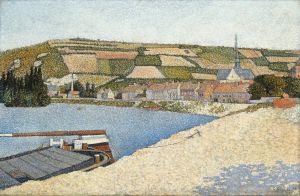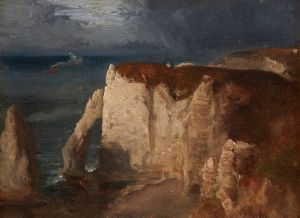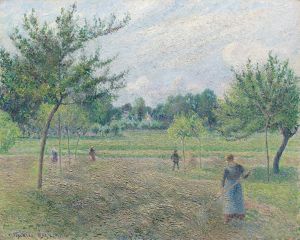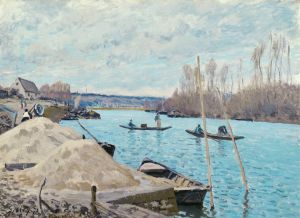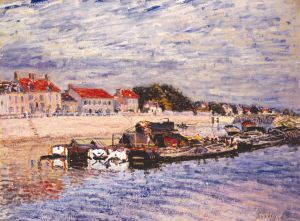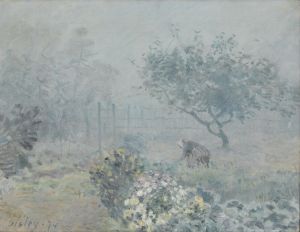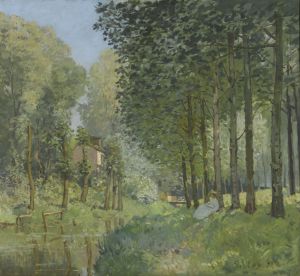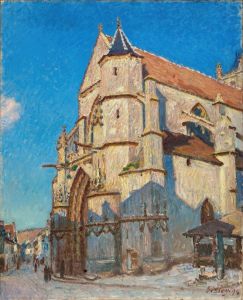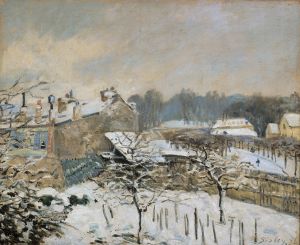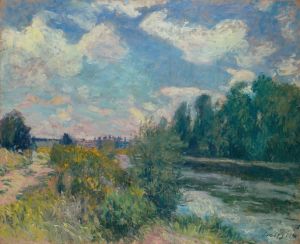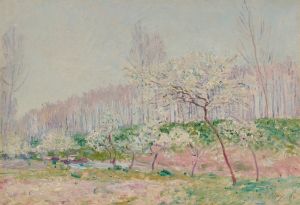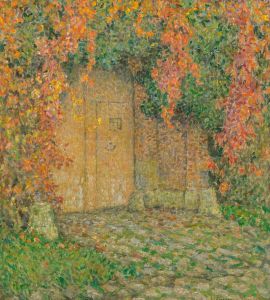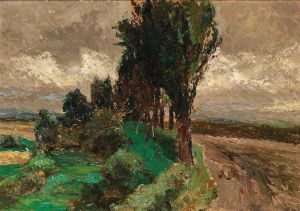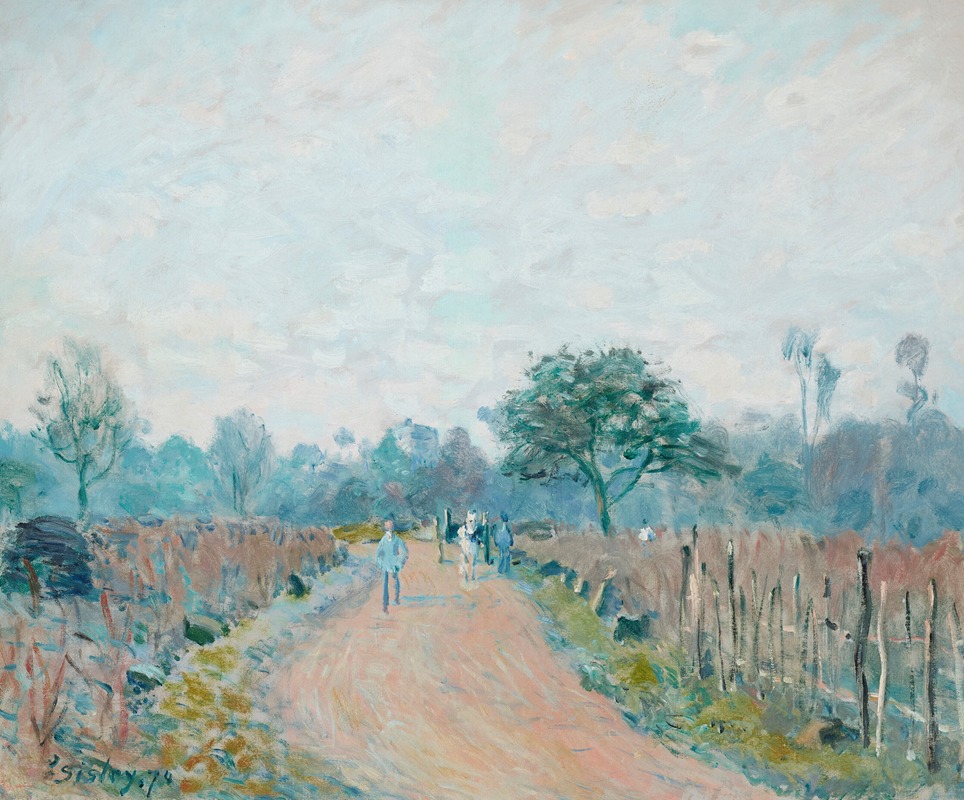
Chemin de Prunay à Louveciennes
A hand-painted replica of Alfred Sisley’s masterpiece Chemin de Prunay à Louveciennes, meticulously crafted by professional artists to capture the true essence of the original. Each piece is created with museum-quality canvas and rare mineral pigments, carefully painted by experienced artists with delicate brushstrokes and rich, layered colors to perfectly recreate the texture of the original artwork. Unlike machine-printed reproductions, this hand-painted version brings the painting to life, infused with the artist’s emotions and skill in every stroke. Whether for personal collection or home decoration, it instantly elevates the artistic atmosphere of any space.
Alfred Sisley, a prominent figure in the Impressionist movement, painted "Chemin de Prunay à Louveciennes" in 1879. This artwork exemplifies Sisley's dedication to capturing the transient effects of light and atmosphere, a hallmark of Impressionist painting. Sisley, who was born in Paris to British parents, spent much of his life in France, where he developed his distinctive style characterized by a delicate palette and a focus on landscapes.
"Chemin de Prunay à Louveciennes" is one of Sisley's many paintings that depict the rural and suburban landscapes around Paris. Louveciennes, a village located in the Île-de-France region, was a frequent subject for Sisley and other Impressionists, including Camille Pissarro and Pierre-Auguste Renoir. The village's picturesque scenery and the changing seasons provided a rich source of inspiration for these artists.
In this painting, Sisley captures a serene country road, the Chemin de Prunay, with a keen eye for natural light and atmospheric conditions. The composition is typical of Sisley's work, featuring a path that leads the viewer's eye into the painting, inviting them to explore the tranquil landscape. The use of soft, muted colors and loose brushwork conveys a sense of immediacy and spontaneity, reflecting the Impressionist interest in capturing a moment in time.
Sisley's technique in "Chemin de Prunay à Louveciennes" demonstrates his mastery of light and shadow. The dappled sunlight filtering through the trees creates a play of light on the road and surrounding foliage, enhancing the sense of depth and movement within the scene. This effect is achieved through the use of short, quick brushstrokes, a technique that Sisley and his contemporaries employed to convey the fleeting nature of light.
The painting also reflects Sisley's interest in the interaction between human activity and the natural environment. While the road suggests human presence and movement, the absence of figures emphasizes the tranquility and solitude of the landscape. This focus on the natural world, devoid of human figures, is a recurring theme in Sisley's work, highlighting his preference for depicting the beauty of the countryside.
"Chemin de Prunay à Louveciennes" is housed in a private collection, making it less accessible to the public compared to some of Sisley's other works. Despite this, the painting remains an important example of Sisley's contribution to the Impressionist movement and his ability to capture the essence of the French landscape.
Throughout his career, Sisley remained committed to plein air painting, working outdoors to observe and record the changing effects of light and weather. This dedication is evident in "Chemin de Prunay à Louveciennes," where the artist's sensitivity to the subtleties of the natural world is on full display. Sisley's work, including this painting, continues to be celebrated for its lyrical beauty and its role in advancing the principles of Impressionism.
In summary, "Chemin de Prunay à Louveciennes" by Alfred Sisley is a quintessential Impressionist landscape that captures the serene beauty of the French countryside. Through his masterful use of light, color, and composition, Sisley invites viewers to experience the tranquility and ephemeral beauty of nature, a testament to his enduring legacy as a leading figure in the Impressionist movement.





